Aussie Barbecue Styles Regional Techniques Explored
12 min read Discover Australia's diverse barbecue styles and techniques across regions, celebrating outdoor cooking traditions and flavors unique to Australian culture. July 15, 2025 15:05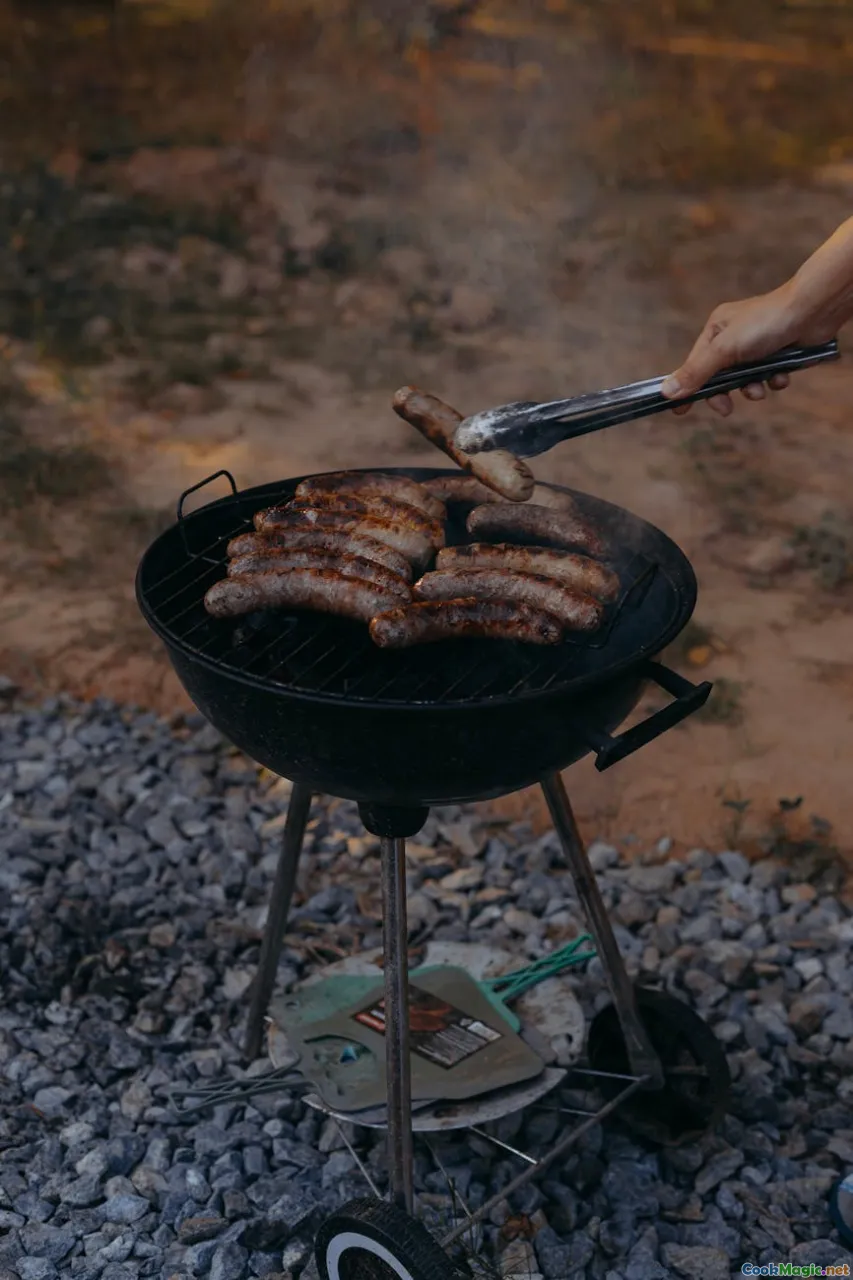
Aussie Barbecue Styles Regional Techniques Explored
Few culinary experiences evoke the rugged, sun-drenched spirit of Australia quite like a well-wielded barbecue. Beyond simple grilling, Aussie barbecues are a testament to the country’s rich regional diversity, blending Indigenous traditions, immigrant influences, and modern innovation into a tapestry of smoky, savory delights. Whether you're sinking into a beachside sunset in Queensland, gathering for a Sunday roast in Tasmania, or mastering the art of a wood-fired cookup in the Outback, understanding the regional techniques that shape Australian barbecue culture unlocks a new appreciation for this quintessential national ritual.
Embark with me on a flavorful journey through Australia's vibrant, diverse barbecue traditions, exploring how geography, history, and community intertwine at the grill.
The Heart of Australian Barbecue: Beyond the Basics
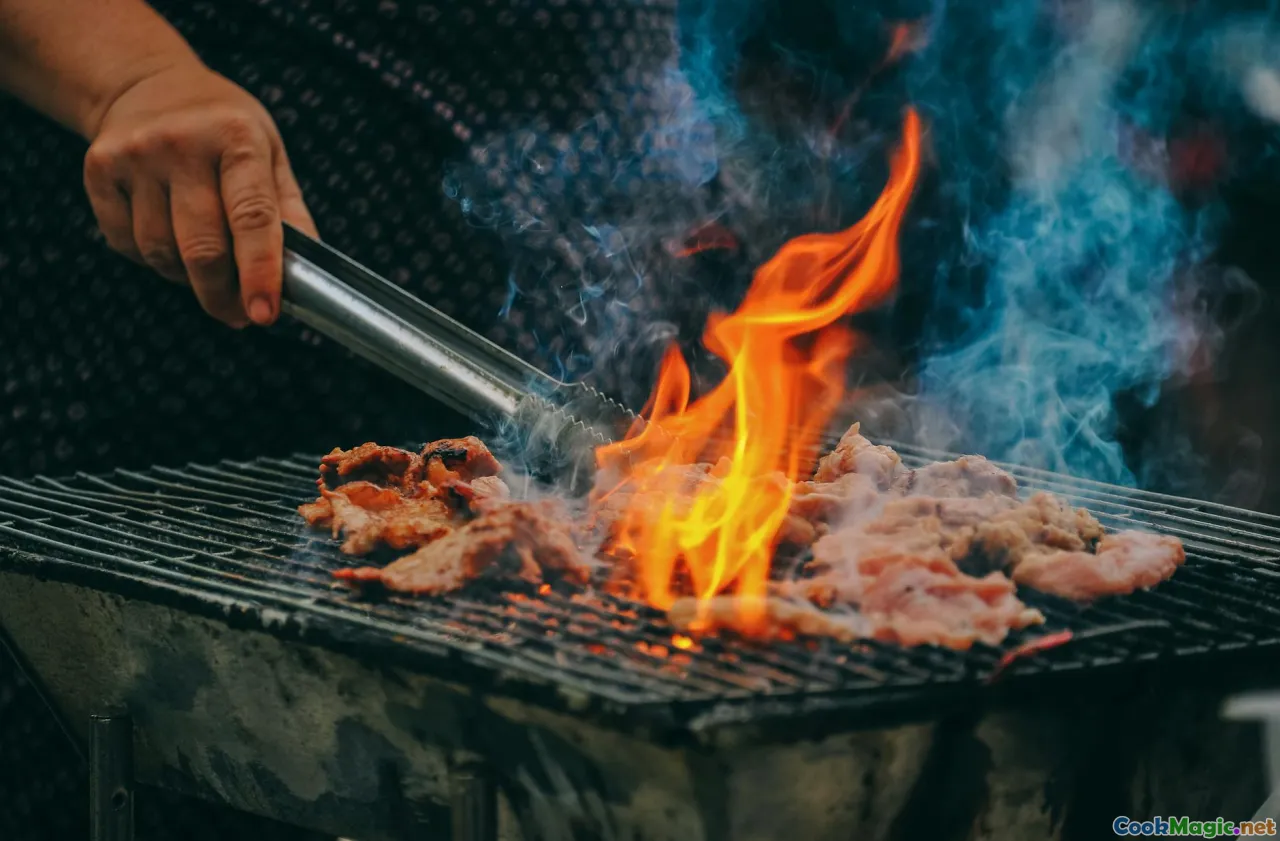
Aussie barbecue isn’t merely about tossing steaks onto a hot grill; it’s a social fabric where flavors deepen with cultural storytelling. The quintessential Aussie ‘barbie’—a term affectionately used across the country—encompasses a variety of techniques and regional twists. From charcoal-fired renditions to wood-smoked masterpieces, each region reveals its unique approach, inspired by landscape, climate, and history.
Queensland: The Sunshine State’s Tropical Grills

Queensland’s warm coastal climate heavily influences its barbecue style, emphasizing fresh seafood and tropical flavors. The concept of a barbecue here often revolves around using a beached-out BBQ hand-built from bricks or simple metal stands beside the sea.
The Queensland Barbecue
In Queensland, seafood is king—think grilled prawns laced with native spices or a whole fish wrapped in banana leaves and cooked over embers. The freshwater yabbies, a regional delicacy, are roasted with lemon and herbs, offering a sweet, tender bite.
Techniques & Flavors
Queenslanders favor open-flame grilling over hot coals, where the high heat creates a crisp char that seals in the seafood’s delicate juices. The use of native herbs like lemon myrtle or wattleseed enhances the smoky depth.
Personal Insight
I recall a weekend spent near Noosa, where locals showed me how they cook spiny lobsters over driftwood fires, imparting a distinctive aromatic smokiness that can’t be replicated indoors. It’s not just cooking; it’s a ritual rooted in nature.
New South Wales: The Sophisticated Fire
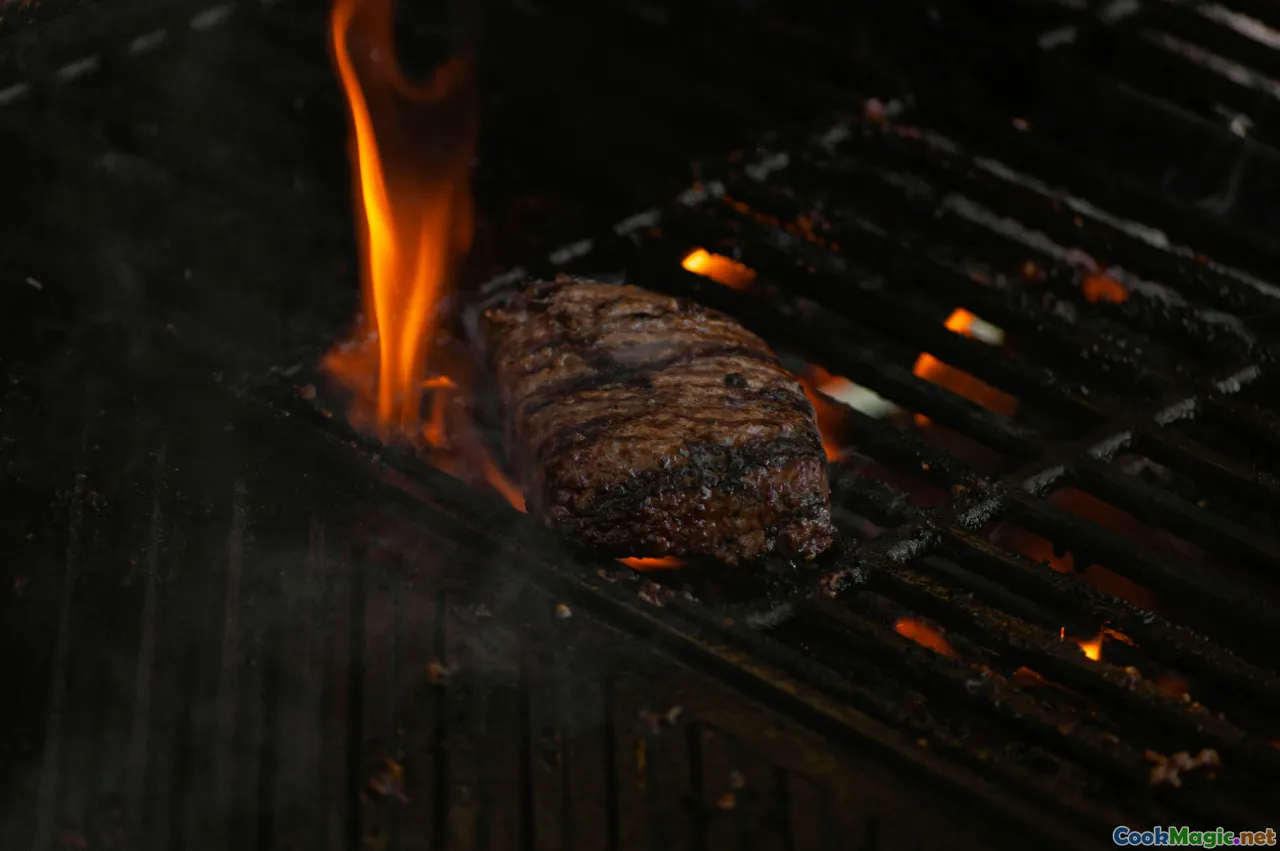
Moving southwards, New South Wales presents a more polished yet robust BBQ tradition, especially around Sydney. Here, the influence of British and Mediterranean cuisines blends with modern smokehouse techniques.
The Sydney Sizzle
Barbecuing in NSW leans heavily on premium cuts like marbled beef steaks, also known locally as ‘New York cut’ or ‘Sirloin’. Many barbecue joints utilize a combination of charcoal or hardwood smokes to add complexity.
Regional Techniques
The NSW style often features indirect heat cooking—slow-smoking large cuts, then searing on high heat for that perfect crust. The use of herbs like rosemary, thyme, and garlic is prominent, echoing Mediterranean influences.
Notable Dish
A personal favorite is the ‘Hooked Up’ smoked tri-tip topped with bush tomato relish—a hearty, flavor-packed dish that marries refined technique with local ingredients.
Victoria: The Art of Slow & Low
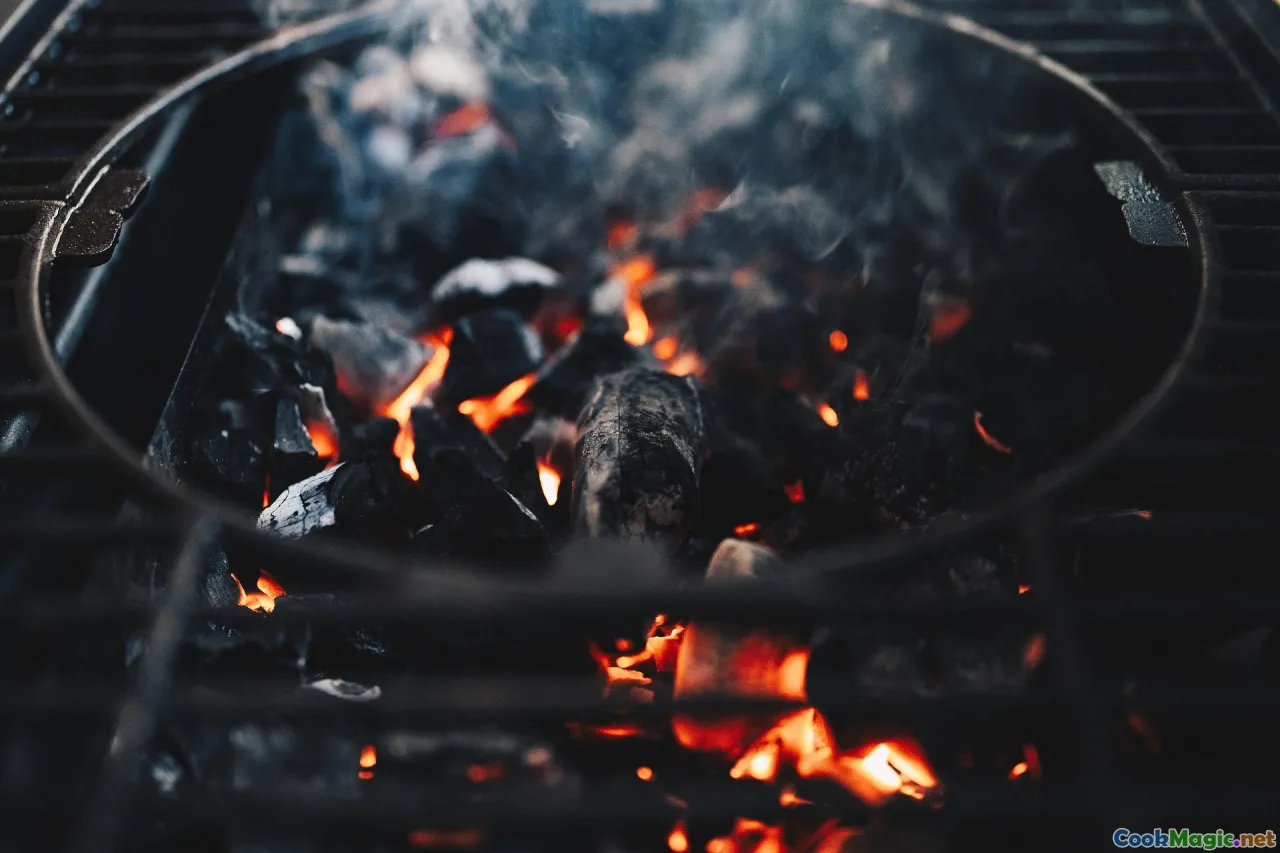
Victoria, especially around Melbourne, champions a more refined approach to barbecue, emphasizing ‘low and slow’ techniques refined across classic barbecue cook-shops.
The Victorian Signature
Slow-cooked meats like pork shoulder or beef brisket are common, often smoked or cooked in dedicated outdoor smokers using woods like apple or cherry for sweetness.
Techniques & Recipes
Victoria’s barbecues thrive on controlling temperature—the art of indirect heat that allows connective tissues to break down over hours, resulting in melt-in-your-mouth tenderness. Marinating in native spice blends or using commercial rubs adds layers of flavor.
Emotional Connect
Many Victorian BBQs are family affairs, where slow-cooked meats serve as the centerpiece for communal gatherings, emphasizing patience and shared stories around the grill.
South Australia & The Barossa Valley: Wood-Fired & Heritage Techniques
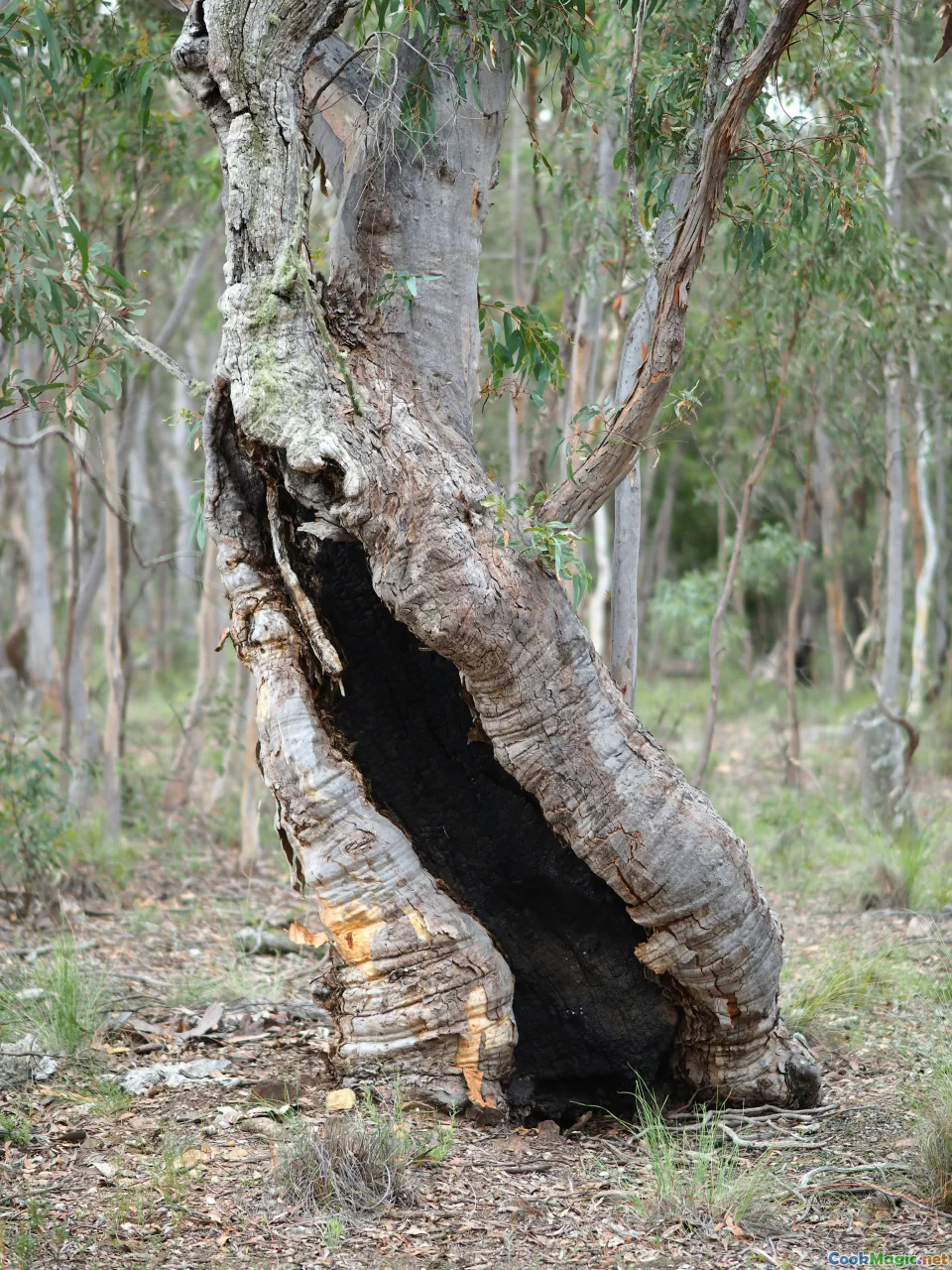
In South Australia, particularly around the vineyards and Barossa Valley, traditional wood-fired barbecuing takes center stage. The region’s wine heritage merges seamlessly with its BBQ traditions.
The Heritage of Wood-Firing
More than a technique, wood-firing here is a cultural homage to the past—using seasoned red gums and ironbarks, which impart intense smoky flavors. The burgers and sausages crafted in these settings are fragrant with the aroma of hardwoods—a sensory experience that’s uniquely Australian.
Signature Dishes
Try the classic ‘Kangaroo Skewers’ seasoned simply with native herbs, grilled over robust red gum fires, delivering an earthy, gamey flavor beautifully complimented by local Shiraz wines.
Tasmania: Cool Climate, Gourmet Grilling
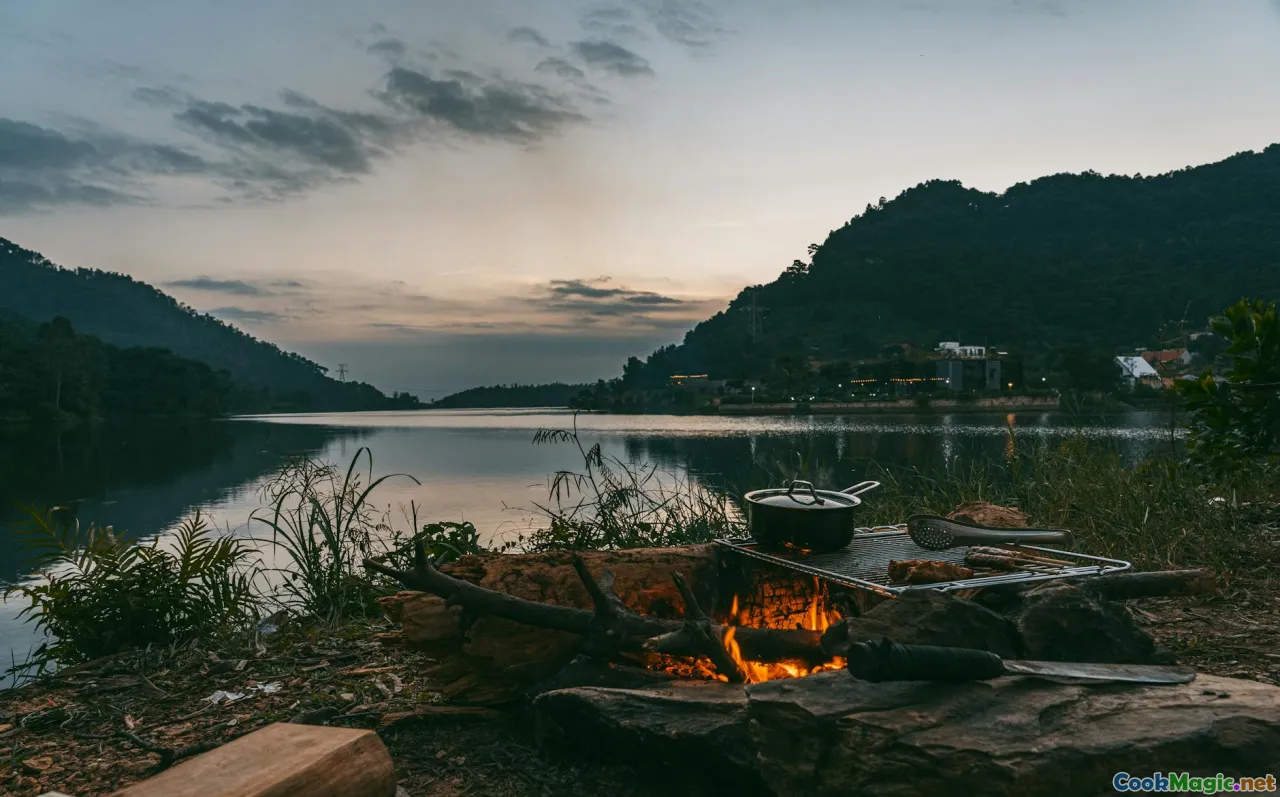
Tasmania’s cooler climate and pristine natural environment foster a more refined, gourmet approach to barbecue. Here, chefs often blend traditional smoky techniques with avant-garde flavor pairings.
The Tasmanian Touch
Seafood dominates—think oysters, salmon, and Atlantic salmon fillets smoked with native beechwood, imparting subtle, sweet undertones. Tasmania’s lush pastures also support high-quality beef and lamb, prepared with simple marinades that let the raw ingredients shine.
Innovative Techniques
Tasmanians frequently employ slow smoking using native woods combined with sous-vide techniques, creating tender, intensely flavored cuts, and elevating outdoor cooking to a fine art.
Outback Australia: Fires of the Red Desert
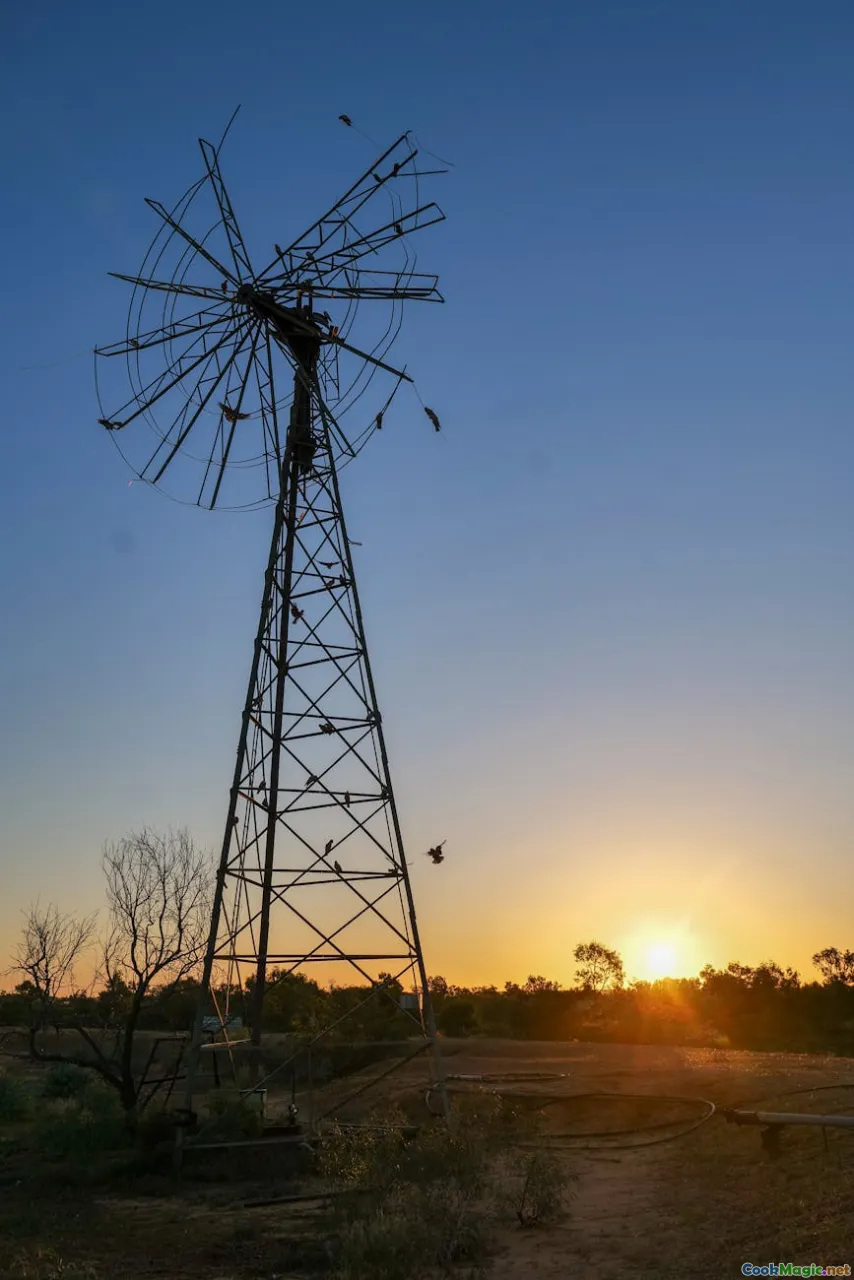
No discussion of Australian regional techniques is complete without the Outback’s open fire traditions. This is primal, direct, and deeply rooted in Indigenous practices.
The Outback Method
Using large open pits or campfires, the traditional bush cook involves stone or dirt ovens, where meats such as kangaroo, emu, or camel are slow-cooked over embers for hours. It’s not about precision but listening to nature’s rhythm.
Indigenous Influence
Many Outback cooking techniques stem from Indigenous practices—such as ‘clapsticks’ cooking, where meat is wrapped in native leaves and buried in ashes.
Experience & Significance
The act of cooking outdoors directly under the vast sky reflects a deep connection with the land—an unspoken language of resilience, resourcefulness, and respect.
Modern Australian BBQ: Fusion, Innovation, & Sustainability
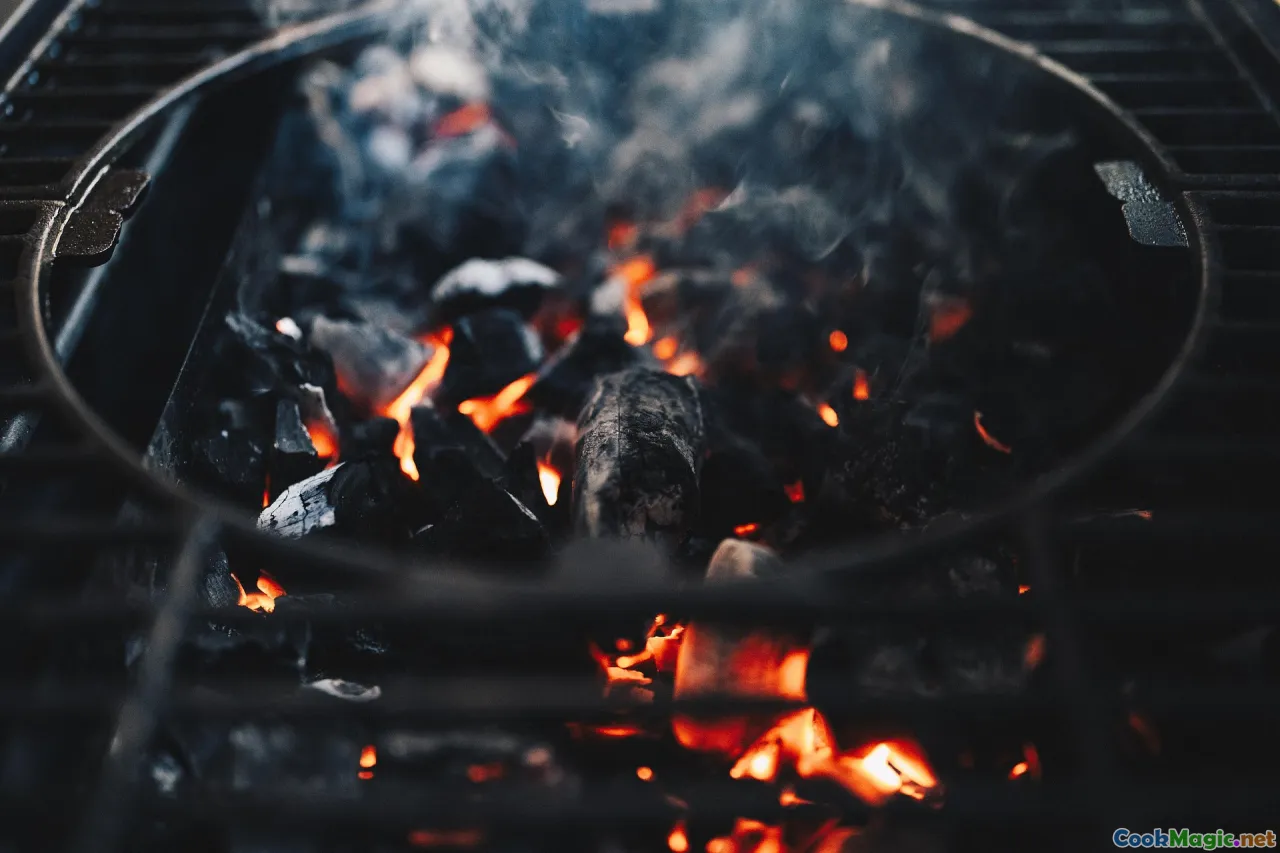
While regional techniques form the backbone, contemporary Australian chefs are blending tradition with innovation. From plant-based ‘barbies’ to sustainable sourcing, the modern Australian BBQ is a reflection of evolving tastes.
Fusion Flavors
Expect to find Thai-inspired grilled seafood, Middle Eastern spiced skewers, or vegan alternatives like grilled eggplant with native herbs. The fusion approach amplifies Australia’s multicultural narrative.
Sustainability & Ethical Sourcing
著名ic trends include using locally sourced, grass-fed meats and eco-friendly grilling accessories. Many chefs emphasize zero-waste cooking and integrating native bushfoods for both health and cultural appreciation.
Personal Tips
Mastering a great Aussie barbecue involves understanding your local environment—using seasonally available produce, experimenting with indigenous herbs like saltbush or finger lime, and respecting the land’s vulnerability.
Embracing the Spirit of the Australian Grill
Australian barbecues are more than a method of cooking—they’re a story of place, community, and resilience. Whether you’re flipping a steak by a surfside in Queensland or slow-smoking brisket in Victorian countryside, each regional technique is a chapter of Australia’s rich culinary tapestry.
So next time you throw another shrimp on the barbie or invite friends for a backyard feast, remember—you’re partaking in a centuries-old tradition rooted deep in the diverse landscapes and histories of this remarkable land.
Bring your neighborhood, your palate, and your curiosity to the grill. The flame is yours to shape what Australia’s regional barbecue legend will become.









